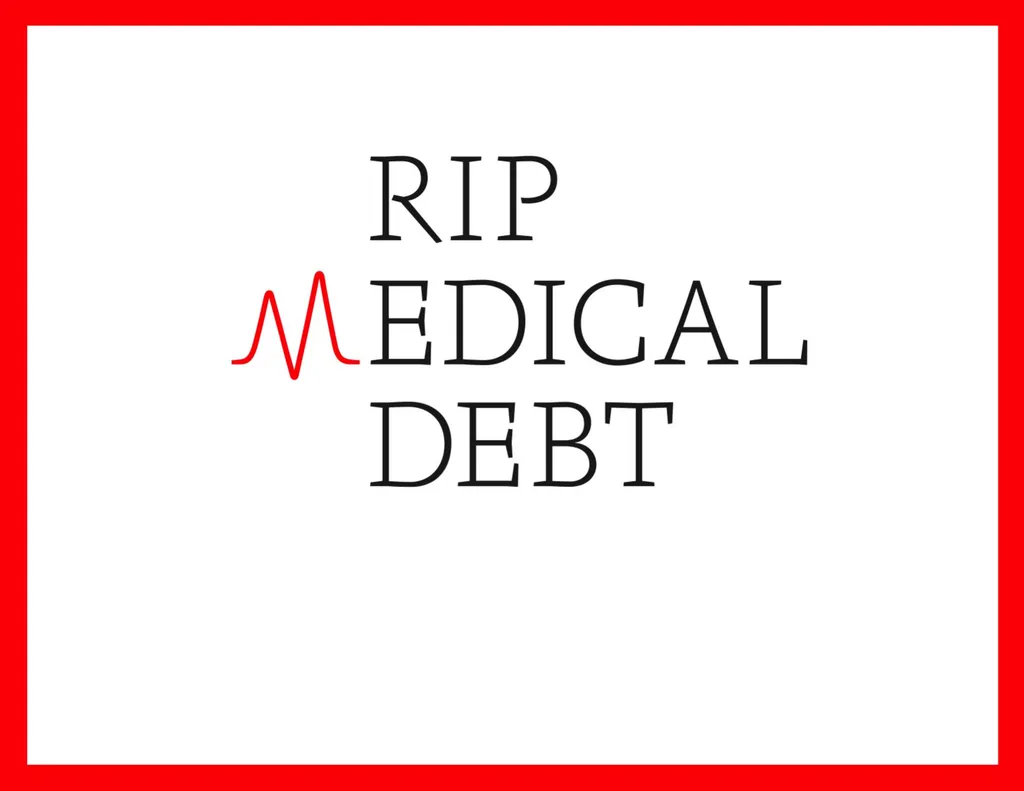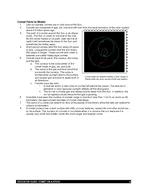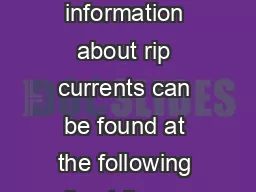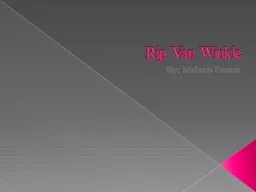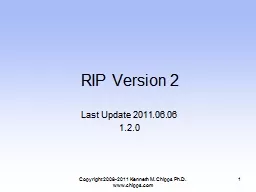RIP Medical Debt’s Mission Medical debt is a
Author : tatiana-dople | Published Date : 2025-06-23
Description: RIP Medical Debts Mission Medical debt is a uniquely American injustice It prevents millions from achieving financial stability and subjects them to emotional anguish Our mission is to end medical debt and be A source of justice in an
Presentation Embed Code
Download Presentation
Download
Presentation The PPT/PDF document
"RIP Medical Debt’s Mission Medical debt is a" is the property of its rightful owner.
Permission is granted to download and print the materials on this website for personal, non-commercial use only,
and to display it on your personal computer provided you do not modify the materials and that you retain all
copyright notices contained in the materials. By downloading content from our website, you accept the terms of
this agreement.
Transcript:RIP Medical Debt’s Mission Medical debt is a:
RIP Medical Debt’s Mission Medical debt is a uniquely American injustice. It prevents millions from achieving financial stability and subjects them to emotional anguish. Our mission is to end medical debt and be: A source of justice in an unjust healthcare finance system A unique solution for patient-centered healthcare providers A moral force for systemic change 2 How RIP Carries Out Its Mission We bring benefits to patients, healthcare providers, and communities by: Raising donor funds Acquiring and abolishing medical debt for people in financial hardship Seeking to change hospital and health system policies and behaviors Raising awareness about the problem Conducting and publishing research Engaging in public policy 3 $5,567,035,572 Face Value debt abolished Debt Abolished, People Helped Since Inception (2014) 3,154,196 People and families Impacted $1,606,448,937 Debt abolished in 2021 alone Strategic Plan Initiatives Grow strategic debt acquisition partnerships Invest in data and systems Hone policies and processes to match donations and debt Update RIP’s abolishment criteria Ensure impact of abolishment work Grow and diversify funding Partner with organizations and individuals advancing public policy Generate more data useful to public policy efforts Elevate RIP data, insights, & beneficiaries’ stories Work with hospitals to improve billing policies Analyze demographics of RIP’s beneficiaries Adjust debt abolishment efforts to ensure racial equity outcomes Build RIP’s fluency in issues of racial equity Grow representation of diverse perspectives in RIP’s staff and Board Clarify our brand identity as a public-facing organization Externally communicate RIP’s updated strategy and identity Influence hospital & public policy to relieve medical debt Goals Initiatives Increase scale, efficiency, and efficacy of RIP’s debt abolishment work Strengthen RIP’s commitment to racial and social equity Communicate RIP’s updated identity Impact of Medical Debt Social Determinant of Health Delay or Forego Care Mental Health Credit Score / Access Leading Cause of Bankruptcy 6 JAMA Study: Medical Debt in US 17.8% of people in US have medical debt in collections Pre-Pandemic Highest among low-income Zip Codes in the south Concentrated in states that did not expand Medicaid 7 RIP Medical Debt Data From Healthcare Organization: Patient/Guarantor Address Date of Service Balance Owed Insurance Status Age Gender Race (future data point) 8 From TransUnion Healthcare: Estimated Federal Poverty Level (FPL) Estimated Household Income Bankruptcy Status Other Household Characteristics RIP’s Current Debt Abolishment Criteria Low income: Patient (or guarantor) household income between 0-200% of current Federal Poverty Guidelines, or Medical debt burden: The medical debt
